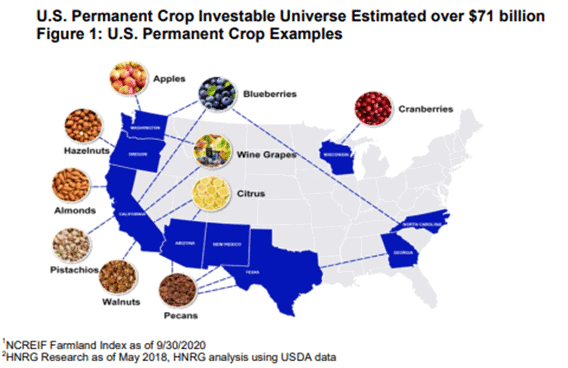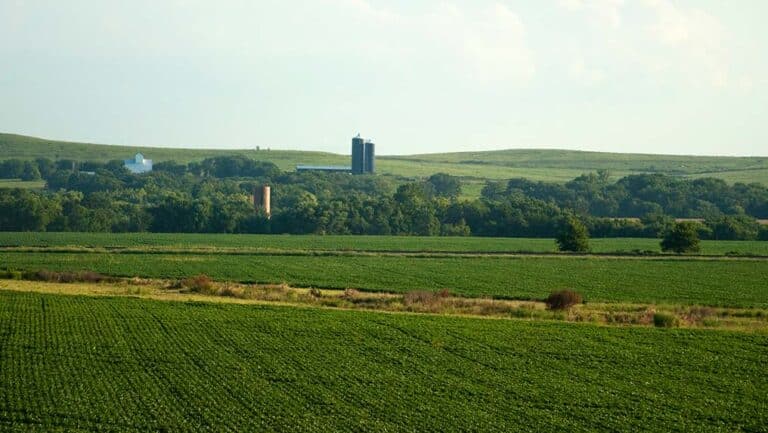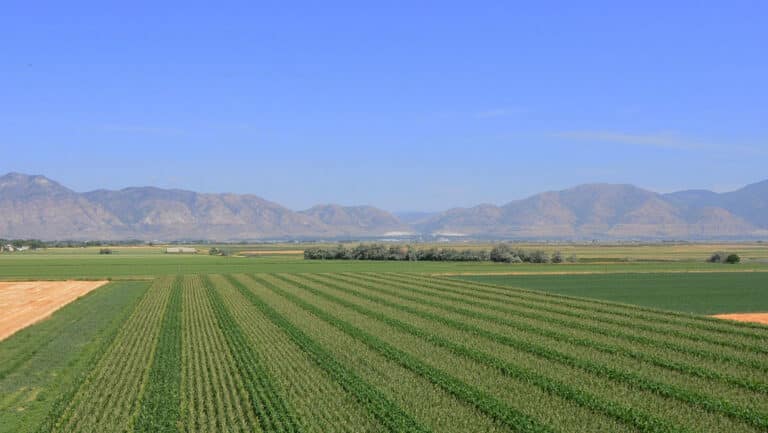Investing in Permanent Crop Farmland
The advantages and risks to your farming operation are largely dependent on the crops that you decide to grow.
Permanent crops—also known as “perennials”—are a category of agricultural products that have grown in popularity over the past few decades. As more consumers embrace healthier lifestyles, perennials like citrus and nuts have seen an increase in retail sales and demand.
While the demand is there, permanent cropland is in limited supply. Permanent cropland in the U.S. encompasses less than one percent of total land area and just three percent of global agricultural land, making it a fruitful investment worth preserving. In fact, the total investable universe of permanent cropland in the U.S. is estimated to be worth at least $71 billion.
Rather than being planted, grown, and harvested annually, permanent crops have varying lifecycles that range anywhere from 15 to 40 years. Grape vineyards, apple and nut orchards, and citrus groves are among the most popular perennials in the U.S.
While 80 percent of permanent cropland is operator-owned, the remaining 20 percent is leased land owned by rural land investors. Whether you are the primary operator or the landowner, this article provides a high-level guide to the advantages of investing in permanent crops along with the common risks operators face and strategies to mitigate these challenges.
Benefits of Permanent Cropland Ownership
Investing in one or more permanent crops is a long-term, strategic investment opportunity that is both stable and sustainable in nature. Without factoring in land value appreciation, permanent crops annualized yield has remained around 15 percent over the past decade. In contrast, the average annual growth for row crops is estimated at five percent. It offers a platform to improve rural infrastructure, while also conserving the land that is essential in keeping our world sustained.
As reversing environmental impact continues to be a top priority among American farmers to curb the impacts of climate change, permanent crop farmland helps to balance agricultural needs with a healthy environment. Permanent crops limit soil erosion and complement cover crop planting methods to further improve soil health, thus promoting not only a sustainable future for American agriculture but a regenerative one as well.
Risk Mitigation for Permanent Planting
Optimal permanent cropland management requires an extensive understanding of the associated risks—risks that vary by commodity and region. When considering planting permanent crops on your land, it is important to know the landscape, soil type, climate zone, and water availability of the property. A vast majority of permanent cropland is located in the Southeast and Pacific West regions. The Mediterranean climate that is common in these areas mitigates the risk of frost and supports higher production rates of permanent crops like nuts, avocados, citrus, and vineyards. Choosing the right geographic location is the first step in establishing a successful permanent crop operation.
Once you’ve established the most profitable land for your specific perennial commodity, the second common obstacle begins to emerge. Permanent planting often follows a J-shaped rate of growth, carrying a higher initial cost but also a greater potential for profitability in the mid- to long-term future. On average, permanent crops take three to seven years to reach commercial production and provide positive cash flow. Comparatively, row crops produce stable, short-term returns that offer more flexibility through crop diversification and operational changes year over year. In exchange for this lower rate of volatility, row crops consequently provide lower profit margins. If the initial capital is there to mitigate risks (such as irrigation infrastructure to hedge against water shortages), permanent crop farmers are rewarded with higher rates of return. There are several ways to secure risk-mitigating capital, including AgAmerica’s flexible line of credit financing.
Oregon Landowner Uses a Line of Credit to Upgrade Orchard Infrastructure
A West Coast landowner found high-profit permanent cropland along the Oregon coast and wanted to seize the opportunity to lease to a well-established tenant in the area. Understanding the intricacies of their business goals, AgAmerica was able to develop a custom two-loan package. The first loan facility provided the necessary financing to purchase the desired property. The second loan facility was a five-year line of credit of nearly $400K to finance the redevelopment of the land and make capital improvements, such as the installation of a modern drip line system, that improved overall production rates, enhanced efficient use of natural resources, and supported the long-term success of their tenant.
Land Loans Customized to Support Your Goals
With a singular focus on agricultural land, AgAmerica was created with the long-term success of the American Farmer in mind. Whether it’s the purchase of new land or flexible financing needed to diversify your existing operation, AgAmerica is here and ready to help you achieve your agribusiness goals.
Contact us today to get in touch with one of our land lending specialists and learn more about the financing opportunities available to you.







